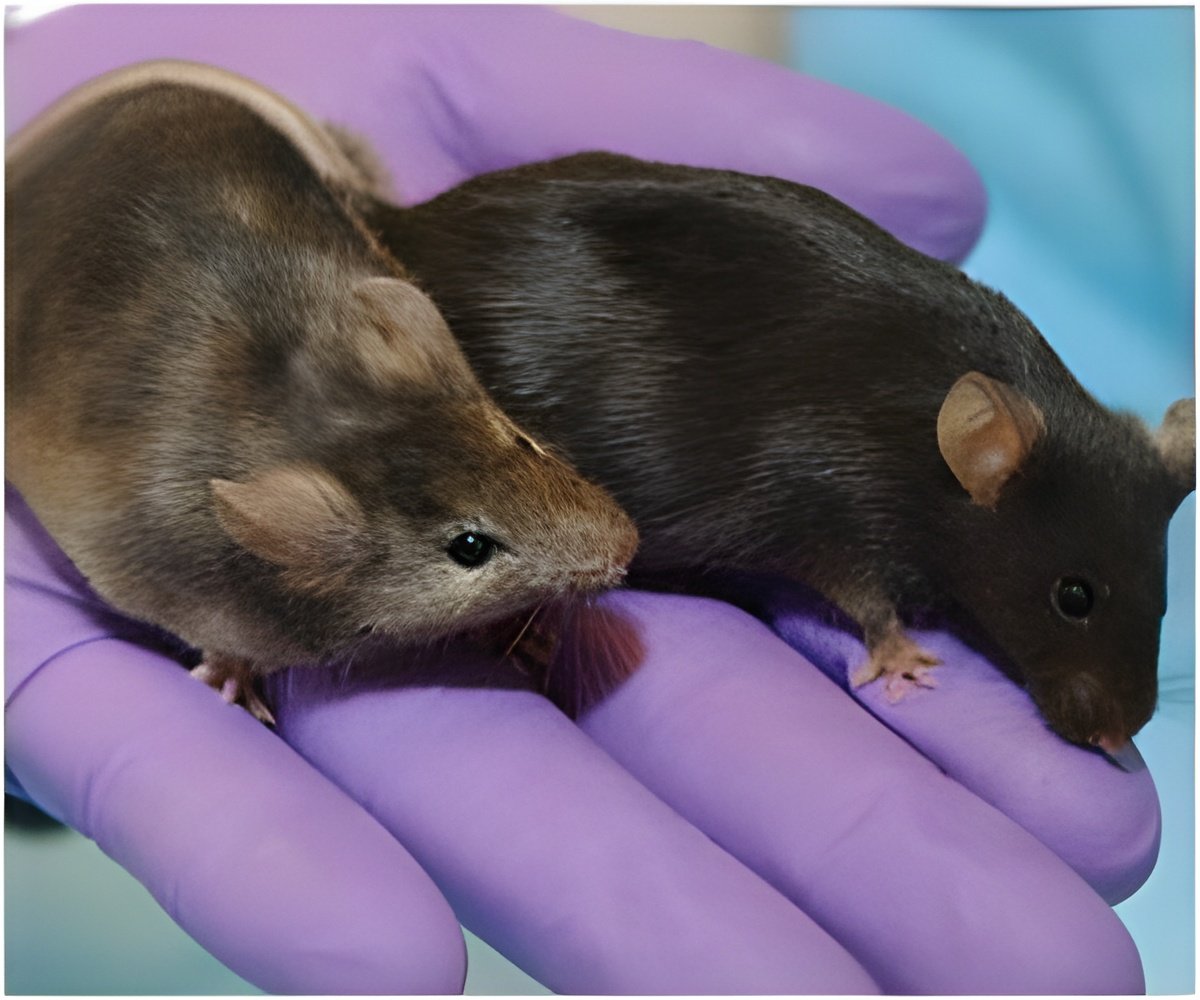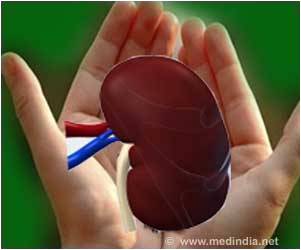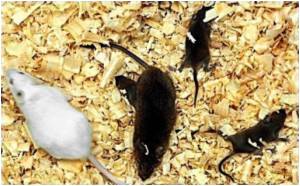Yes, mice and men are two diverse beings altogether but thanks to a macabre hobby, now there are also mice resembling men.

Anthropomorphic taxidermy is an art form that became hugely popular in Britain in the 19th century, with Queen Victoria herself a fan. Now, as with many odd activities, it has found new life in Brooklyn.
"It's a little immortality," the instructor, Susan Jeiven, 40, explained at the start of her latest sold-out class.
Students, paying $60 for the class at Morbid Anatomy, a quirky workshop and art gallery hidden in an alleyway, listened carefully to instructions from the heavily tattooed Jeiven and her 22-year-old, black-clad assistant Emily Hexe.
"We're leaving the skull, we're leaving the leg bones and the arm bones. Everything else is going out," Jeiven ordered. She added reassuringly: "There's nothing gross. There's no blood that's gonna spurt up or anything."
The students, mostly hipsters around 30 years old, began by choosing from a selection of props. These ranged from dolls' furniture and clothing to larger objects, like an old-fashioned lamp that could be used to house the mouse.
Jeiven noted that the creatures had been saved from a far less glamorous fate when she purchased them: "They were originally meant to be food for lizards and snakes."
"Some people are really good. I've noticed the people who are chefs," Jeiven said.
High school history teacher David Edelman, 30, sprinkled Borax, a powdery detergent and all-purpose preserver, into the open body of his mouse.
"This really doesn't bother me a bit," he said boldly.
"The only thing that bothers me is the smell," he said, more uncertainly. Then: "Ugh!" He'd just scissored through a sinewy elbow with an audible snip.
The most famous practitioner of anthropological taxidermy was late 19th century Englishman Walter Potter.
Potter used birds, guinea pigs and larger animals including dogs and goats in extraordinarily detailed, richly imagined tableaux, like the kitten's tea party where 37 stuffed kittens sit or play around a table laden with miniature cups and cakes.
Ambitions were lower for the first-time taxidermists in Brooklyn, but Jeiven soon got their creative juices flowing.
Edelman couldn't wait to see his mouse strike an intellectual pose. He'd selected a toy globe for the creature to peruse. "He's going to be a scholar."
At another table, graphic designer Sara Stryjewski, 27, was planning to turn her victim into a "country mouse" -- a country and western singer complete with guitar, that is.
And in the back of Stryjewski's mind was an altogether more taxing taxidermy challenge.
"The reason I did this is because I've got a cat getting old and I was thinking maybe, a possibility," she said, reluctant to spell out the potential plan to stuff and mount her ailing pet.
Actor Jonathan Horvath, 31, said he and actress Kersti Bryan had come to the class on a date. "I think it's going pretty well. I think it's good to do things that are a little dangerous," he said, as he puzzled over separating the mouse pelt from the sausage-like interior.
Bryan, 28, seemed to enjoy the power to transform her mutilated mouse into what she hoped would resemble an actress, "a young actress".
"I'm not saying I'm God, but maybe just a little bit," she said.
Across the table, a woman working in advertising vowed to display her finished product at the office. "I'm going to show my dominance and authority," she said. "They're going to see my mouse and approve my vacation."
Daydreams couldn't last long though. There were guts to remove, tails to pull from their outer sheathes, and brains to scrape.
Finally, students started the surprisingly tricky task of filling their now empty mouse skins with clay, then stiffening the floppy limbs with wire.
Just as the miniature books, mirrors and sweet clothing, like the mini top hat, began to come out in earnest, Jeiven reminded the class that they still hadn't plucked out the eyes.
If anything, the growing carnage seemed to enliven Jeiven and her young assistant.
"It's a gorgeous thing," the head instructress said of the steadily filling trash can labeled "guts only".
"Gorgeous," Hexe said, scraping pink brains from a tiny skull.
Cheerful as ever, Jeiven said: "I think I would have been a serial killer if I wasn't doing this."
Source-AFP
 MEDINDIA
MEDINDIA




 Email
Email




